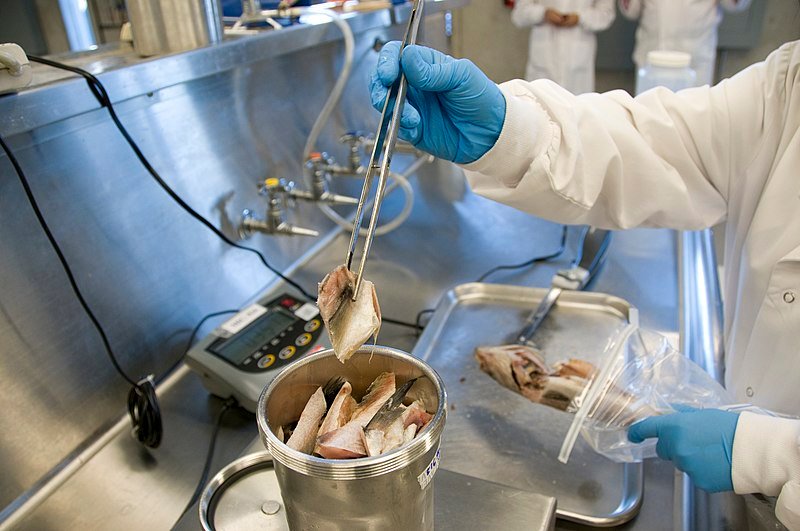Protective clothing is an essential aspect of any food industry, but does it reduce the risk of food contamination? The answer is yes, it does. Protective clothing provides a physical barrier between the worker and the food, minimizing the chances of food contamination, which is critical for maintaining the safety and quality of food products.
The food industry is susceptible to various types of contaminants, including physical, chemical, and biological hazards, which can lead to foodborne illnesses. As a result, food safety regulations require food handlers to wear protective clothing. These clothes not only protect the workers’ health but also maintain the integrity of the food by preventing bacterial growth. Whether in a restaurant or a manufacturing plant, workers are expected to wear appropriate protective clothing to minimize any risk of contamination.

One of the most commonly worn protective garments in the food industry is the plastic apron. Aprons are worn to prevent food and other substances from coming into contact with clothing, which could transfer bacteria to food products. Aprons are also available in different materials. In the food industry, the most common materials used to make aprons are polyethylene and vinyl. These materials are water-resistant, lightweight, and cost-effective, making them the ideal choice for use in kitchen settings.
Apart from aprons, gloves are another critical protective measure in the food industry. Gloves are essential for food handlers because they prevent the contamination of food from the hands. This is important because the hands are significant carriers of bacteria, viruses, and other harmful substances. For instance, when workers touch their faces, sneeze, or cough, they transfer bacteria to their hands, which can then contaminate the food. Gloves provide an additional layer of protection and minimize this risk.
Furthermore, nylon hairnets are also an essential safety garment in the food industry. Hairnets prevent hair from falling into the food, which is not only unhygienic but also poses a choking hazard. Any hair that falls in the food can also taint its flavor and texture, making it unappealing to customers. Hairnets, therefore, play a crucial role in ensuring food products are safe and of high quality.
Protective clothing also includes safety shoes. Safety shoes protect food handlers from injuring their toes or feet while working in the kitchen. In addition, safety shoes help to prevent slips, trips, and falls, which may lead to food contamination. A food handler who suffers an injury at work may also bleed or shed skin into the food, potentially increasing the risk of contamination. Therefore, food industry workers are required to wear safety shoes to mitigate these risks.
Uniforms are also a crucial protective clothing item in the food industry. Uniforms ensure that food industry employees adhere to a strict dress code, which is necessary for maintaining food quality and safety. Uniforms are commonly made from materials that are easy to clean and disinfect, such as cotton or polyester. These materials also tend to be breathable, lightweight, and comfortable, making them an ideal choice for food industry workers.
While protective clothing is essential in reducing the risk of food contamination, it’s important to note that it’s not a silver bullet. Appropriate hygiene practices, such as regular hand washing and maintaining a clean work environment, are also critical for minimizing contamination risks.
Protective clothing plays an integral role in reducing the risk of food contamination in the food industry. The various protective clothing items, including aprons, gloves, hairnets, safety shoes, and uniforms, form a crucial barrier between the worker and the food, preventing contamination from bacteria, viruses, and other harmful substances. By maintaining strict standards for protective clothing, food industry workers can maintain the quality and safety of the food they serve.


